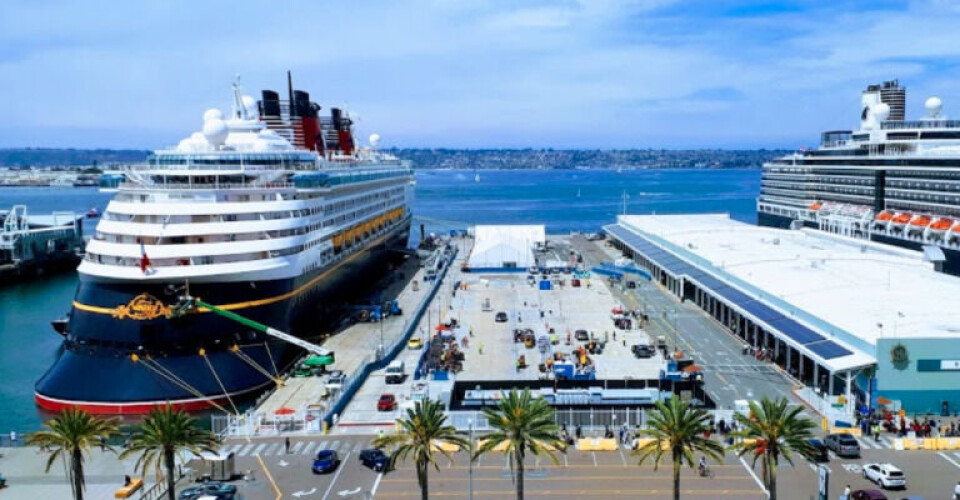Port of San Diego expands double shore power

The Port of San Diego announced that it is doubling shore power at its B Street and Broadway Pier cruise terminals.
SAN DIEGO — The Port of San Diego Board of Port Commissioners announced that they approved $4.6 million in funding for the project as well as many new agreements related to equipment purchasing, construction, and installment of additional shore power equipment.
This also means that the ships will not run diesel auxiliary engines while berthing or transiting through the port.
“This is a good investment and it is just one of our many clean air projects on the horizon,” said Chairman Michael Zucchet of the Port of San Diego Board of Port Commissioners.
“In addition to having the infrastructure available for nearly every cruise ship to run off electricity while in port, we’re also installing a solar-powered microgrid at our Tenth Avenue Marine Terminal, adding more public electric vehicle chargers on the bayfront, and more,” Zucchet said. “The Port is committed to being a good neighbor, which includes cleaner air for everyone who lives, works and plays on and around San Diego Bay.”
The port authority also said that its shore power expansion project is expected to be completed by September of 2022.
Reportedly, that’s four months ahead of recently updated California Air Resources Board regulations that require essentially all cruise ships calling on the state’s ports to use shore power beginning on January 1, 2023.
“Having two shore power outlets at the cruise ship terminals will result in at least a 90 percent overall reduction of harmful pollutants such as NOx and Diesel Particulate Matter as well as a reduction in greenhouse gas emissions,” states the press statement.
“The port first installed shore power at the cruise terminals in 2010, making it among the first ports in California to have shore power available for cruise ships and beating a state regulation to reduce diesel particulate emissions from at least 50 percent of cruise calls by nearly four years.”










